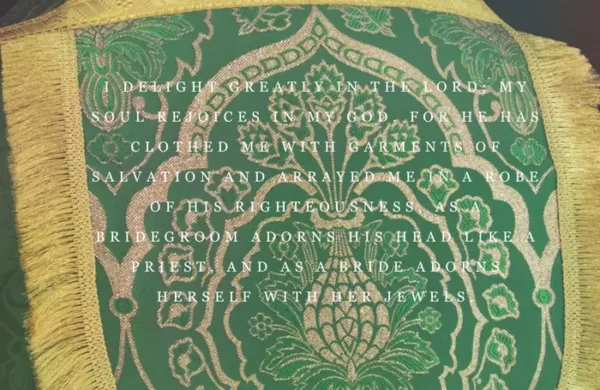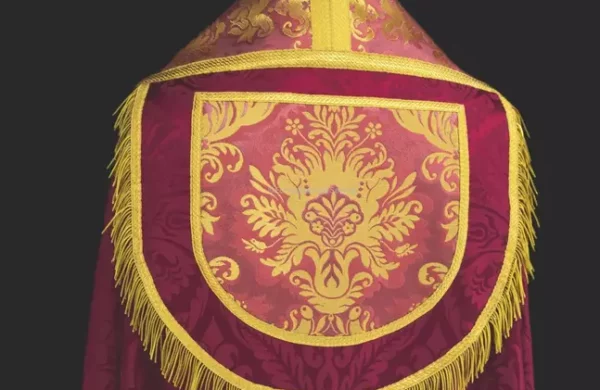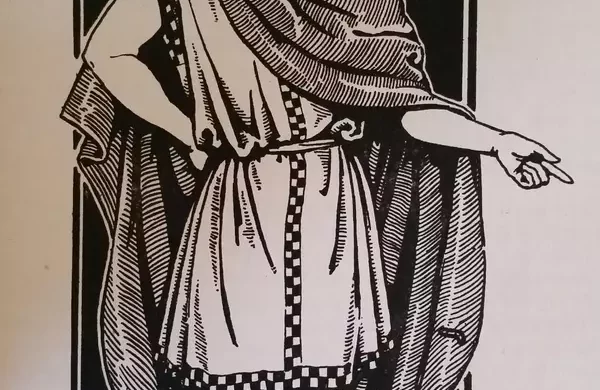
Cope, a liturgical vestment worn in Christian denominations such as the Roman Catholic, Anglican, and Lutheran churches. It traces the cope’s origins from Roman cloaks to its evolution into a ceremonial garment by the 9th to 13th centuries. Made from luxurious fabrics and adorned with religious symbols, the cope is typically worn during non-Eucharistic services like processions. Its color changes with the liturgical calendar, symbolizing clergy authority and the Church’s long-standing traditions.
Like this:
Like Loading...

Explores the rich history and symbolism of the liturgical garment worn by clergy in Christian traditions. From its origins in ancient Rome to its evolution as a symbol of solemnity and celebration in modern worship, this article delves into the significance of the cope and its role in religious ceremonies.
Like this:
Like Loading...

Summer is the ideal time to start your custom liturgical projects and beat the rush. Whether you need an Advent set, Christmas ensemble, Lent arrangement, or All Souls’ set, reaching out now ensures priority. Our team specializes in unique and challenging designs. Don’t wait—contact us today to discuss your needs and create something special.
Like this:
Like Loading...

Like the majority of modern ecclesiastical vestments, the cope has its origins in ancient garments. The Cope–Norris, unlike other vestments, is a bit of a mystery. With an unknown origin, its ancestor could be either the garment known as a paenula, the lacuna, or the buyers.
Like this:
Like Loading...





You must be logged in to post a comment.